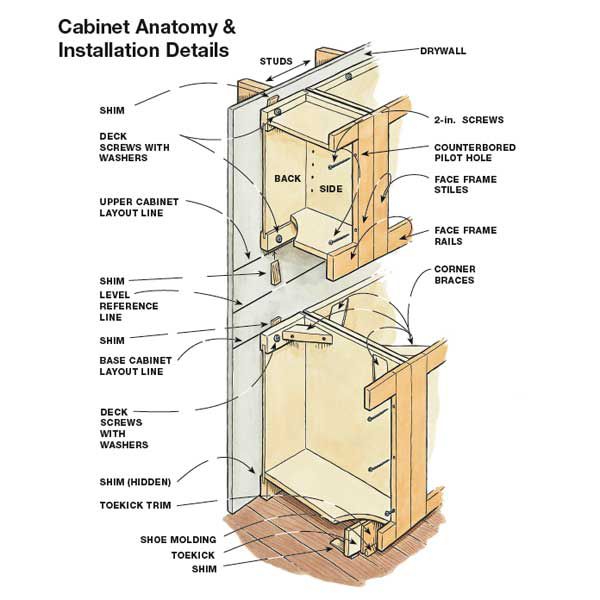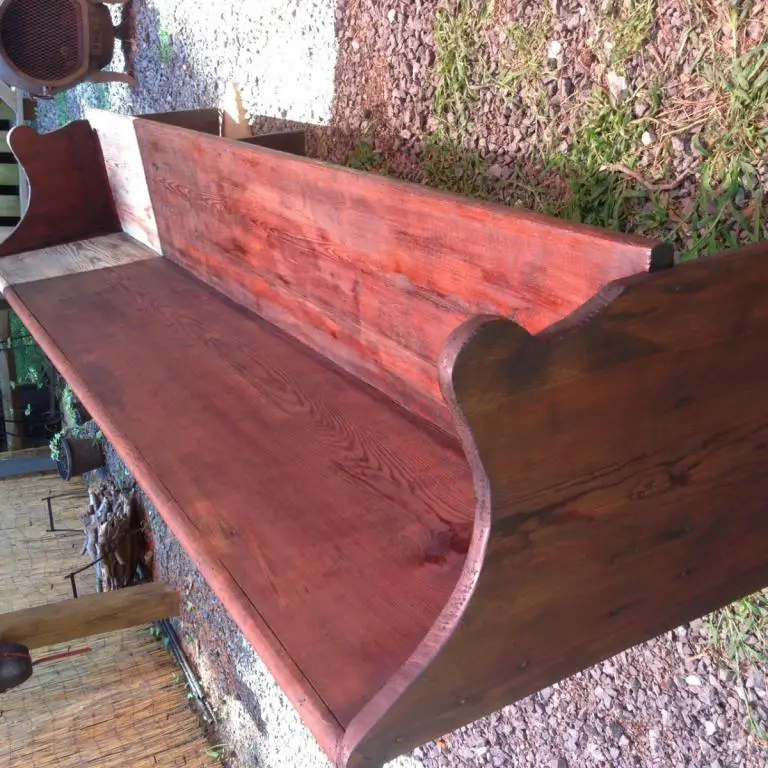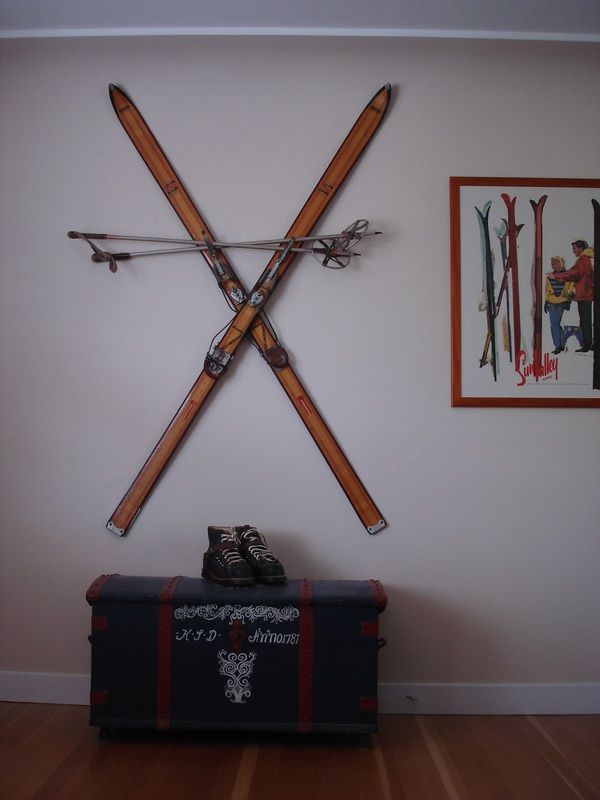Do Upper Cabinets Need To Be Screwed Together?
Upper cabinets are an important part of any kitchen or bathroom remodeling project, and it’s essential to make sure they are installed correctly. One important question to answer is whether or not upper cabinets need to be screwed together. In most cases, the answer is yes, upper cabinets should be screwed together in order to ensure they are properly supported and stable. Not only will this ensure the cabinets remain in place and don’t fall, but it can also prevent damage to the walls, floors, and other items nearby. Screwing the cabinets together will also help to ensure they remain level and even. It’s important to use the right type of screws and to make sure they are installed correctly to ensure the cabinets are properly secured.

Understanding the Pros and Cons of Screwing Upper Cabinets Together
One of the most important decisions when installing wall cabinets is determining whether to screw the upper cabinets together. It is essential to understand the pros and cons of this process in order to make the right decision for your project. Doing so will ensure you have a secure, long-lasting, and beautiful end result. Advantages of screwing the upper cabinets together include increased stability of the cabinets, eliminating the need for clamps and other tools, and providing a more streamlined look. On the other hand, some drawbacks to consider are the extra time and effort needed to drive the screws, the need for additional hardware, and potential damage to the cabinets themselves. Ultimately, considering the pros and cons of screwing the upper cabinets together will help you make an informed decision and ensure a successful installation.
What Are the Benefits of Securing Cabinets with Screws?
Securely fastening cabinets with screws is one of the most effective ways to ensure the longevity of your cabinets and to ensure that they remain safe and stable. By using screws to fasten the cabinets, you will benefit from increased stability and increased security. Screws provide superior holding power compared to nails or adhesives, making them the ideal choice for many different types of cabinet construction. Additionally, screws provide a more precise fit and are easier to remove and replace if necessary. The use of screws also allows for more room to adjust the height of the cabinet, as well as the depth and width. Overall, using screws to secure cabinets is a great way to ensure that your cabinets are stable and secure for years to come.
What Are the Drawbacks of Securing Cabinets with Screws?
Screws are often used to secure cabinets, but there are some drawbacks that should be considered before choosing this method. Firstly, screws can be difficult to insert properly, especially in tight spaces. Improperly inserted screws can lead to cabinets that come loose or become misaligned. Secondly, screws are difficult to remove, which can be a problem if you ever need to access the back of the cabinet. Finally, screws can become rusty over time, which can cause damage to the cabinet’s finish. All in all, securing cabinets with screws may be necessary in some cases, but it is important to bear in mind the potential drawbacks of this method.
How Difficult Is It to Secure Upper Cabinets With Screws?
Securing upper cabinets with screws can be a tricky task, especially for those who are new to DIY home improvement projects. Without the proper tools and knowledge, it can be difficult to ensure that the screws are adequately tightened and won’t fall out. It is important to use the correct size and type of screws, as well as make sure to pre-drill the holes in order to prevent the wood from splitting. Additionally, it is important to make sure that all of the screws are level and secure before hanging any objects on the cabinets. With a bit of patience and practice, securing upper cabinets with screws can be a breeze.
What Are the Alternatives to Securing Upper Cabinets With Screws?
Upper cabinets are typically secured in one of two ways: by screws or by a hanging system. While screws are the traditional method, they may not always be the best option for everyone. In some cases, alternative methods of securing upper cabinets can provide a more secure, convenient, and aesthetically pleasing result. For example, adhesive strips can be used to hold cabinets in place while still allowing easy adjustment and removal. Alternatives such as cable systems and cleats can also provide a secure and adjustable mount for upper cabinets. These methods provide a more modern look and can be easily adjusted when needed. Ultimately, the choice of mounting system should depend on the individual’s needs and preferences.
What Types of Screws Should Be Used for Securing Upper Cabinets?
When it comes to securing upper cabinets, the type of screws you use is an incredibly important decision. Not only do they need to be strong enough to hold the weight of the cabinets, but they must also be able to withstand the wear and tear of everyday use. It is important to choose screws that are designed specifically for use in cabinetry, such as wood screws, drywall screws, or cabinet screws. Wood screws are commonly used for attaching cabinets to the wall, and are available in multiple sizes and lengths to fit your specific needs. Drywall screws provide the most secure attachment in drywall applications, and are great for securing cabinets to the ceiling. Cabinet screws are designed for use in cabinetry and are often sold in kits with the necessary hardware. Whichever type of screw you choose, make sure it is the right size, length, and strength for the job.
What Are the Tips for Installing Upper Cabinets With Screws?
Installing upper cabinets with screws can be a daunting task, especially for those just starting out. However, with the right tools and a few simple tips, it can be a relatively easy process. To begin, ensure that the cabinet is level and the screws are properly secured. It is also important to use the correct size screws and to pre-drill holes for them. Additionally, it is important to use a drill with a screwdriver bit to avoid stripping the screws and to anchor the cabinet into the wall studs. Finally, use a level to ensure the cabinet is installed correctly and that the doors open and close without issue. With these tips, installing upper cabinets with screws can be a quick and painless process.
Conclusion
Overall, upper cabinets need to be screwed together for increased stability and security. Installing upper cabinets with screws will ensure that the cabinets stay in place and do not move or become unbalanced. Additionally, screws will also help to keep the cabinets from becoming loose over time. Therefore, it is always recommended to screw together upper cabinets for optimal results.







